Here's how it works.
- When children begin playing Math Shelf, they take a placement test that assigns them to games and activities that match their knowledge and skill level.
- Teachers schedule students to play Math Shelf in class for 10 minutes, twice per week. Each student will receive sequenced and adaptive instruction.
- Math Shelf has over 1,500 games and activities to keep students engaged throughout the year.
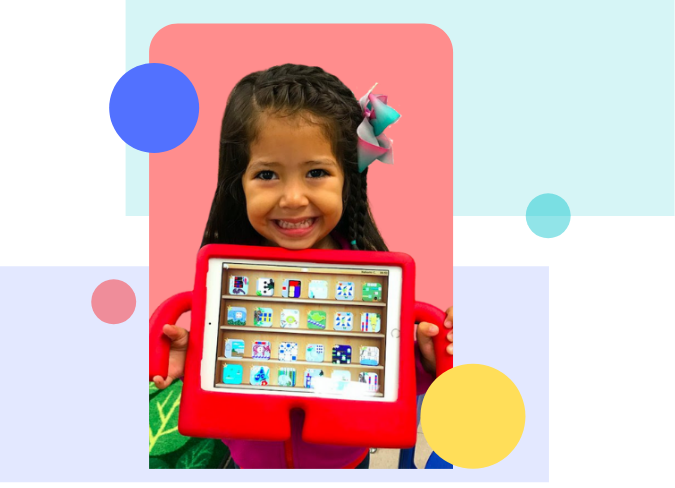
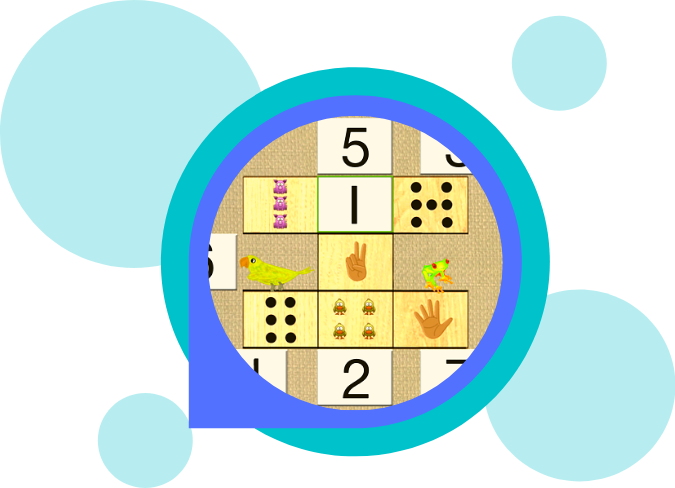
Pre-Math Skills
- Names and matches primary and secondary colors.
- Matches items by size, shape, and orientation
- Sorts objects into 2, 3, and 4 categories
- Orders up to 5 items from smallest to largest
- Counts with 1-to-1 correspondence
- Identifies similarities and differences
- Classifies objects
Counting & Cardinality
- Counts to 100 by ones, fives, and tens
- Counts to answer "how many?" questions
- Understands that the last number name tells how many objects were counted
- Counts forward & backwards beginning from a given number to 100
- Writes numbers from 0 to 1,000
- Identifies whether the number of objects in one group is greater than, less than, or equal to the number of objects in another group
- Compares numbers between 1 and 100 when presented as written numerals
- Reads and writes numerals, and represents a number of objects with a written numeral
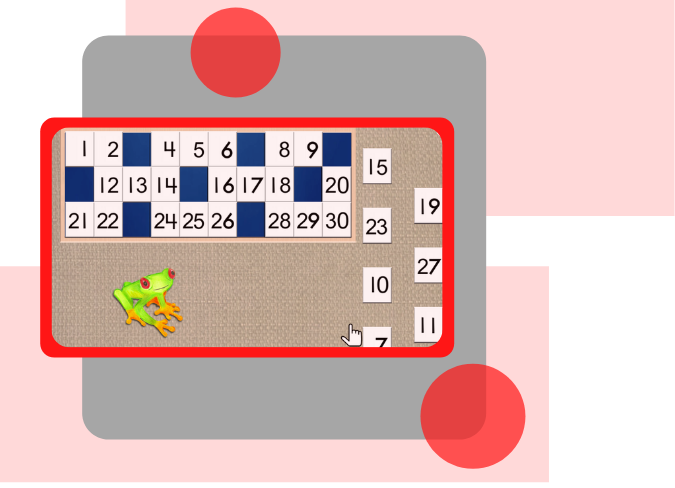
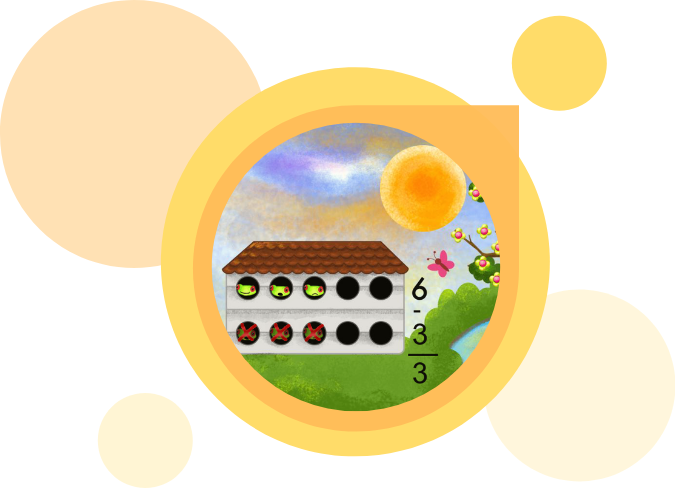
Operations & Algebraic Thinking
- Decompose numbers less than or equal to 10 into pairs in more than one way
- Represent addition and subtraction with objects, fingers, mental images, and drawings up to 10
- Fluently add and subtract within 10
- Solve addition and subtraction word problems within 20
- Add and subtract within 20 by using fluency facts for addition-subtraction within 10
- Understand the meaning of the equal sign, and determine if equations involving addition and subtraction are true or false
- Determine the unknown whole number in an addition or subtraction equation
Numbers & Operations in Base Ten
- Compose and decompose numbers from 11 to 19 into tens and ones
- Understand place value of a three-digit number and can identify hundreds, tens and ones place
- Compare two, two-digit numbers using symbols >, =, <
- Given a two-digit number, mentally find 10 more or 10 less than the number
- Add within 100 using concrete models that represent place value
- Subtract multiples of 10 in the range 10-90 using concrete models, drawings, and place value strategies
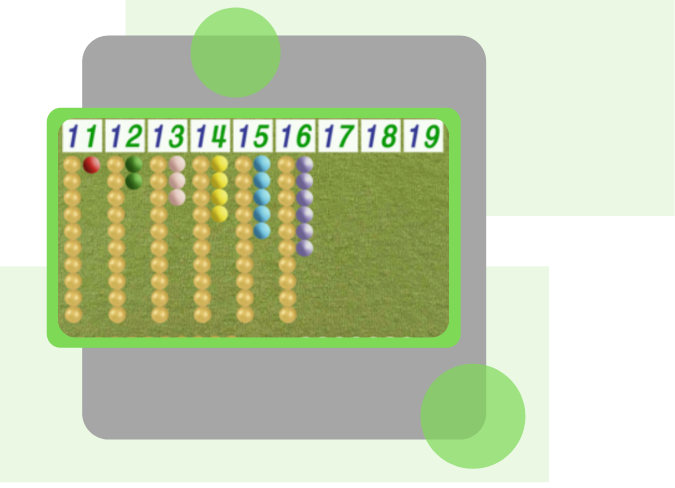
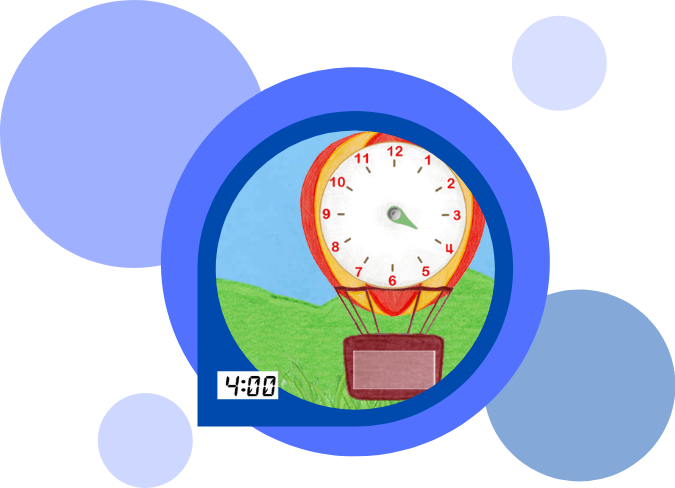
Measurement
- Weight. Measure and record the weight of various objects, and add smaller objects to calculate the weight of larger objects
- Temperature. Measure and record the temperature, and associate thermometer readings with seasons and weather
- Time. Tell and write time in hours and half-hours using analog and digital clocks
- Money. Solve problems involving dollar bills, quarters, dimes, nickels, and pennies, using $ and ¢ symbols appropriately
- Length. Order objects by length; compare the lengths, and express the length of an object as a whole number of units
- Data. Organize, represent, and interpret data with up to three categories; ask and answer questions about how many more or less are in one category than in another
Geometry
- Correctly name shapes regardless of their orientations or size
- Identify shapes as two-dimensional or three-dimensional
- Analyze and compare two- and three-dimensional shapes, in different sizes and orientations
- Identify and name shapes in one's environment
- Compose simple shapes to form larger shapes (2 triangles to form a rectangle, 3 triangles to form a trapezoid, 5 triangles to form a pentagon, etc.)
- Fractions. Partition circles and rectangles into two, three, four, five, and six equal shares. Describe shares using the words halves, thirds, fourths, etc.
- Count shape sides and angles and distinguish between different shape's defining attributes

94% of students master the Common Core standards by playing Math Shelf just 20 minutes per week.
Math Shelf makes an impact.

